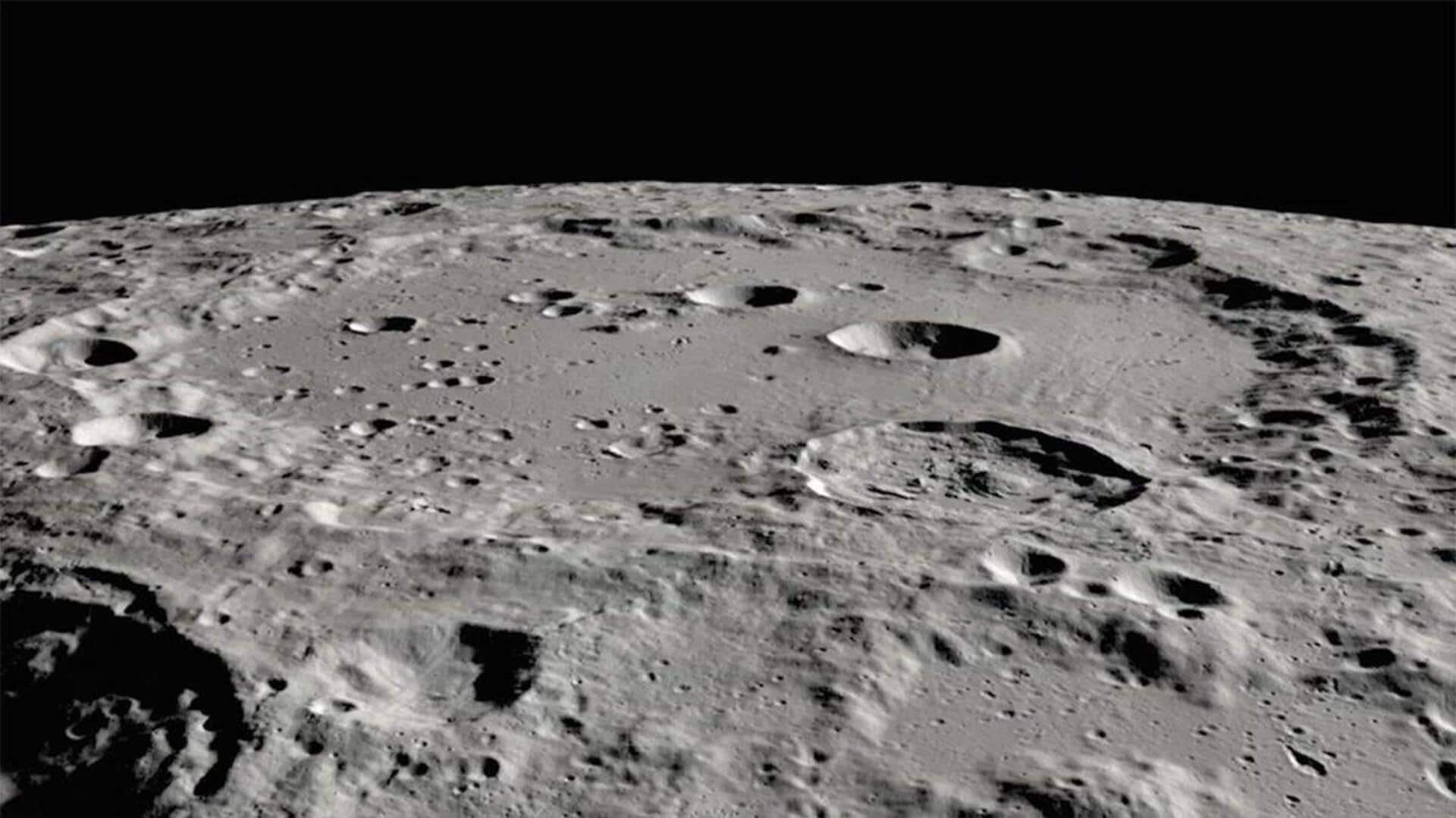
How Chinese scientists produced water from lunar soil
What's the story
Chinese scientists have developed a novel method to produce significant amounts of water using lunar soil, as reported by state broadcaster CCTV. This technique was discovered after three years of extensive research and verification on samples, collected during China's Chang'e-5 mission in 2020. The mission marked the first time in 44 years that humans had successfully retrieved samples from the Moon.
Technique
The process of water extraction
The scientists from the Chinese Academy of Sciences discovered that the lunar soil, or regolith, contains minerals rich in hydrogen. When this soil is heated to extremely high temperatures, the hydrogen reacts with other elements to produce water vapor. This innovative method could potentially yield large amounts of water from lunar soil, and has significant implications for future space exploration and habitation projects.
Water production
Potential water yield and its implications
The new method is capable of producing approximately 51-76kg of water from one metric ton of lunar soil. This amount is equivalent to over a hundred 500ml bottles of water or the daily drinking water requirement for 50 people. The discovery could play a crucial role in China's long-term project to establish a permanent lunar outpost and exploit the Moon's resources.
Lunar ambitions
China's ambitious lunar plans
China aims to use its lunar expeditions as stepping stones toward building the International Lunar Research Station (ILRS), a project it is co-leading with Russia. The country's space agency has set an ambitious timeline for this venture, planning to construct a "basic station" on the Moon's south pole by 2035 and add a lunar-orbiting space station by 2045.
Continued studies
Ongoing research on lunar samples
The announcement of this discovery coincides with ongoing experiments on lunar samples returned in June by the Chang'e-6 mission. Unlike the Chang'e-5 mission that collected samples from the near side of the Moon, Chang'e-6 retrieved lunar soil from its far side, which perpetually faces away from Earth. This continued research underscores China's commitment to advancing its understanding of lunar resources and their potential applications.